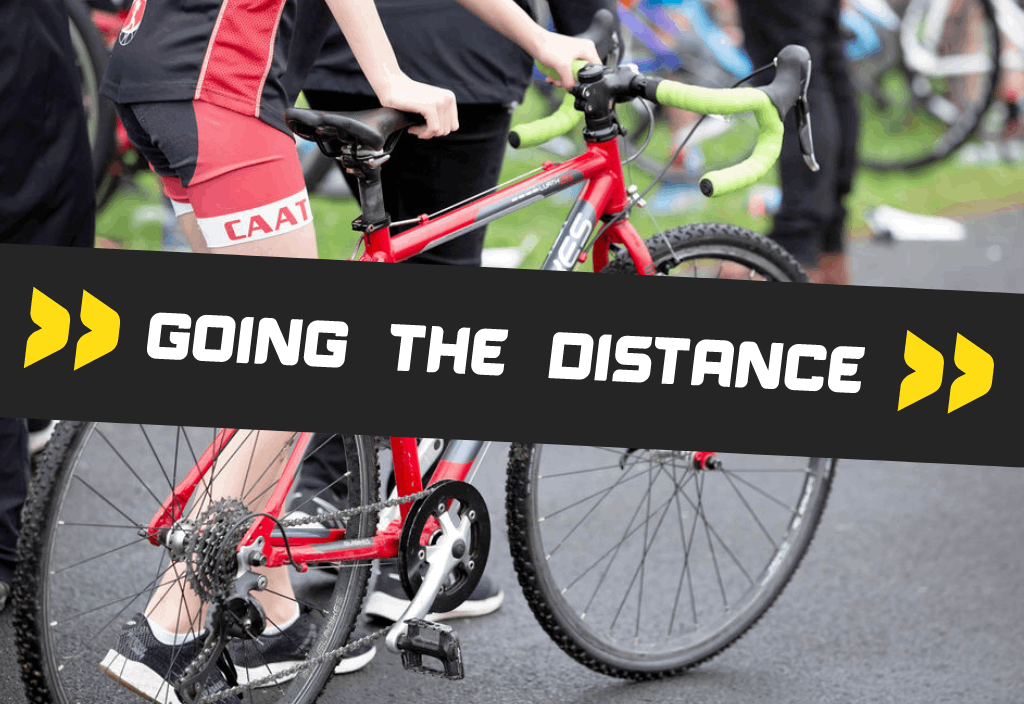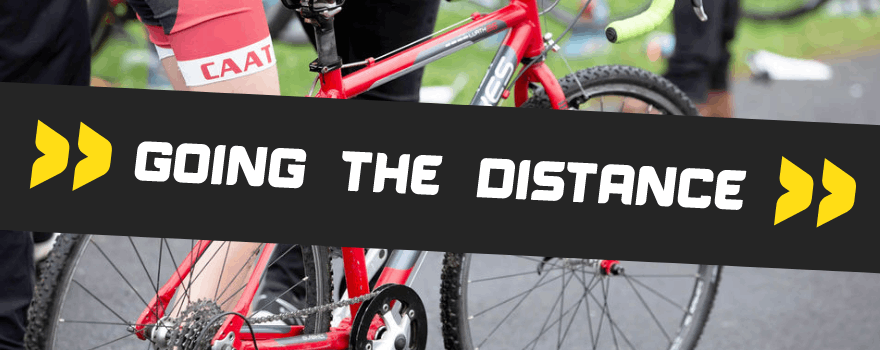
Triathlon and Multisport is confusing at the best of times, what with the various different dicisplines, the equipment you may or may not need, but probably want and getting your head around training for 2-3 sports rather than just the one. But one thing that confuses even me, is the distances. I often find myself having to call on my mate Google when discussing distances with friends or customers as there are so many different ones and whilst there are standard distances, each event may have a slight variance…
Todays read, I hope to give you everything you need to know about multisport distances in one place. I will be focussing on the “traditional” distances, as defined in British Triathlon Races Rules 2022. As previously mentioned, some event organisers will vary slightly, usually because their course dictates a longer or shorter run or ride, but sometimes, to stand out. we do it ourselves at Manchester Airport Duathlon, our GO TRI event pushes the boundaries with an 18km bike course, simply because the roads won’t allow for a shorter loop. Then our extended sprint doubles the distances, so 4.5km and 2.8km for runs 1 and 2, keeping roughly in line with a Sprint distance, but the double bike loop, at 36km is closer to that of a standard distance event.
As a rule, though, everything you read below will help you both choose your distance, plan your training and determine just how crackers us multisport athletes really are…
Super Sprint – The Super Sprint distance is often your entry level event. It is shortest, which means it is most accessible to beginners, but don’t confuse short with slow. For those more experienced athletes, the shorter distances can be the most intense and fastest. As with any form of training, intensity is measured by frequency, duration, volume and load and whilst the duration and volume are low, that allows for the load (speed) to be far greater, creating just as intense effort.
Super Sprint distances:-
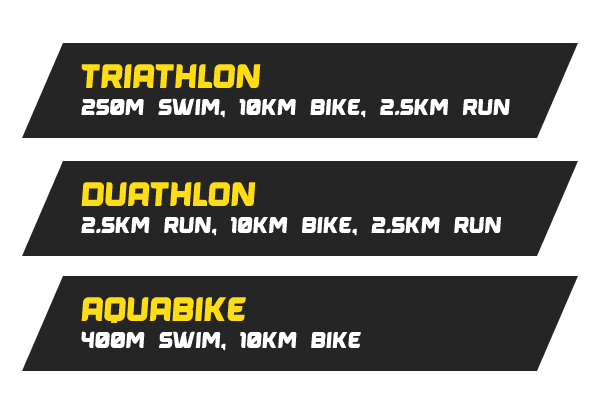
Triathlon is the only multisport that officially has a Super Sprint, however most GO TRI events will be the equivalent so suggested distances for the remaining disciplines are as follows
Sprint Distance – again the Sprint Distance is intence AF… until recently, it was the shortest distance a professional triathlete would race at, with both Sprit and Standard the integral distances in the World Triathlon Series. Athletes like Johnny Brownlee, Alex Yee, Georgia Taylor Brown and Sophie Coldwell are all regularly seen taking on a Sprint. It’s also a great progression from a running background into multisport as the distances are only a small step up from 5 or 10km run…
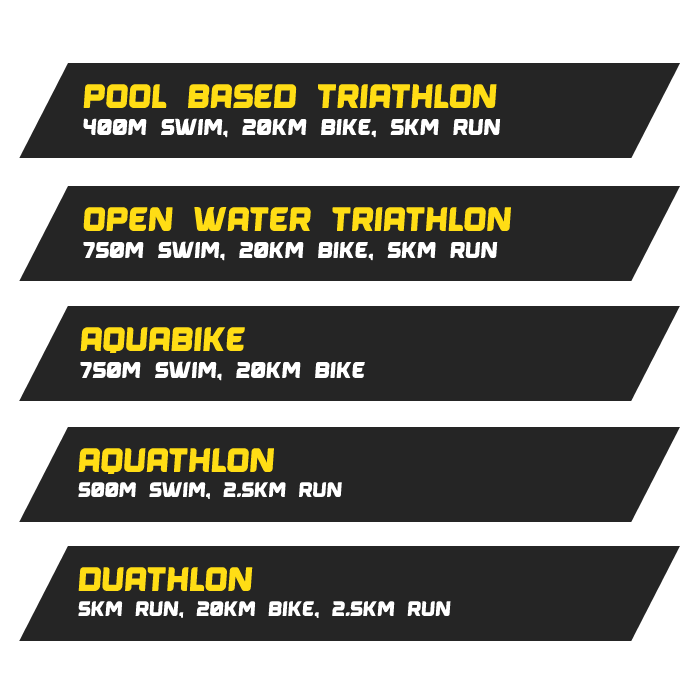
Standard Distance – this is where terminology begins to get a little confusing. This distance is the standard, it’s the main distance seen in a WTS race and it’s also the distance you’ll see at both the Commonwealth Games and the Olympics. Triathlon was first introduced to these games in 2002 and 2000 respectively and since becoming an Olympic Sport, the Standard distance is often referred to as Olympic Distance. (The 2022 Commonwealth Games Triathlon will be a Sprint Distance, as was 2018, Standard Distance is the traditional Commonwealth distance)
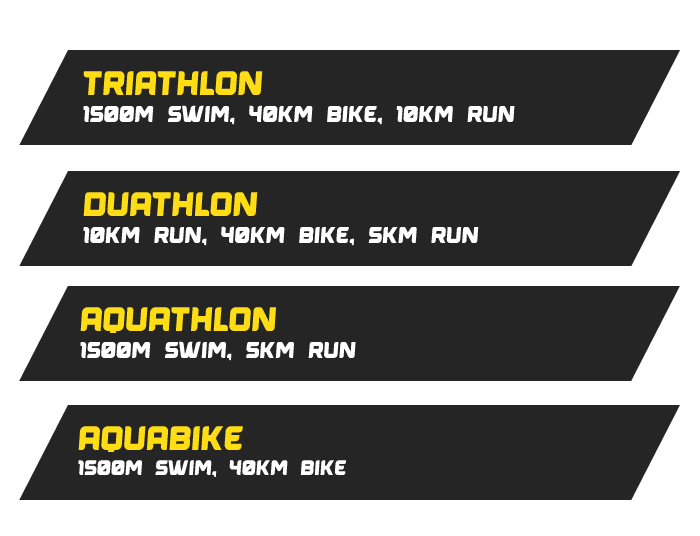
Middle Distance – middle Distance, 70.3, Half Ironman, however, unless its officially Ironman branded, it’s a Middle Distance race. This is possibly the toughest distance, short enough to remain fast, but long enough to take between 4 and 8 hours… it’s also, ironically, been one of the most competitive distances. Its becoming more and more mainstream, and therefore more and more athletes entering.
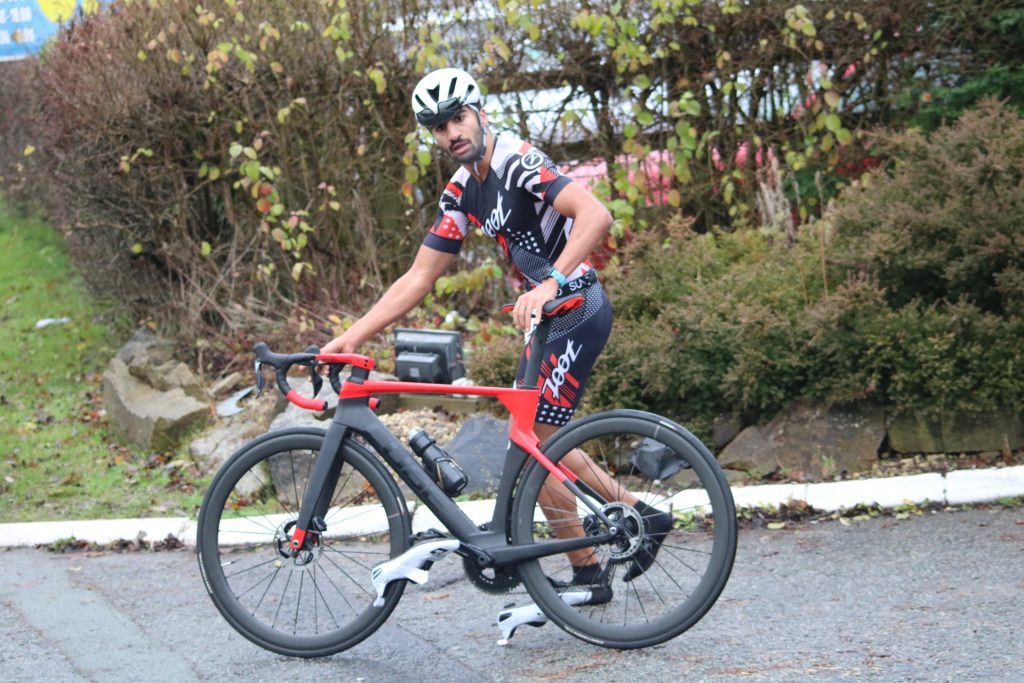
This distance has its own World and European Championships, both Ironman branded and not, so there is ample opportunity to represent Great Britain in all disciplines.
Middle Distance, is often, but not always the stepping stone between Standard and Full Distance, with several professional athletes specialising in the distance. It’s also perhaps the most spectator friendly with global events such as The Collins Cup, usisng a similar distance for their widely broadcast annual event.
70.3 represents the distance in the Middle Distance Triathlon in miles;
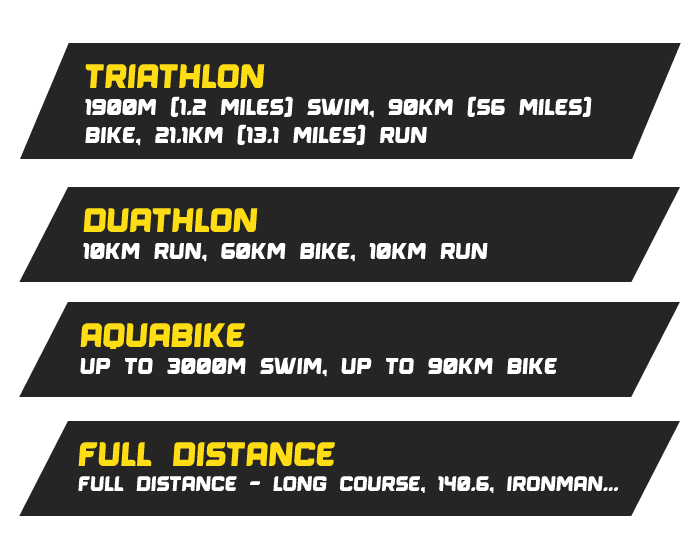
“YOU ARE AN IRONMAN” – The historic catchphrase spoken by the announcer as every finisher crosses the line in an Ironman branded Full Distance Triathlon.
This distance has absolutely nothing to do with Tony Stark or Marvel Comics and everything to do with hard work, dedication and pure passion and guts to get you to the start line, never mind the finish.
The Full Distance Triathlon is the pinnacle of our sport, after the Olympics, its what most people recognise as the ultimate race and in all honesty, reaching a World or European Championships is far more achievable than simply getting to the Olympics.
You may have heard of Kona, Hawaii and the Ironman World Championships. Kona, was the birthplace of Ironman and has been home to the World Championships every year since 1978, with only 2 exceptions, 2020 (cancelled due to COVID-19) and 2021 (St George, Utah as Kona wasn’t possible again due to CV-19). There are however other world Championships, and Europeans which take place in other countries and cities.
Ironman is also just 1 brand of Full Distance, you may also race a Challenge Family event, Outlaw or any number of other organised Full Distance races.
Great Britain, in particular the women have had some incredible results at this distance amongst the professionals, with Chrissie Wellington 4 Time World Champion and World Record Holder and more recently, Lucy Charles Barclay has finished runner up at Kona 3 times and fellow Brit, Kat Matthews, recently became the fastest in the world (unofficially) at the Pheonix Sub 8 Hour event.
Once again, 140.6 represents the distance in miles.
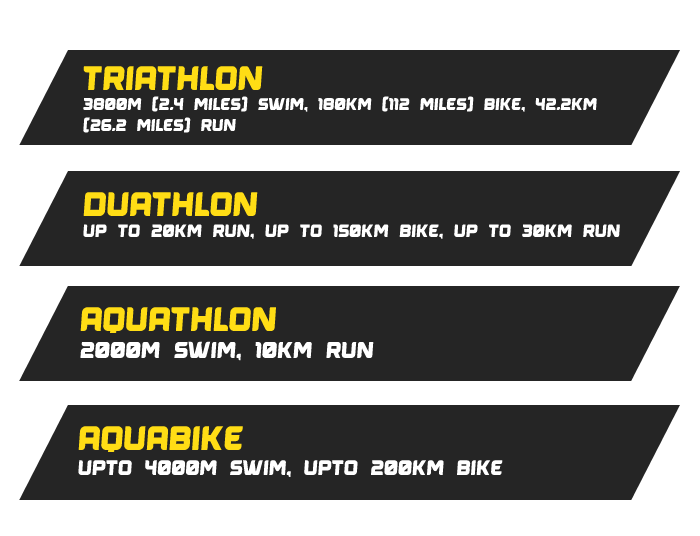
Whatever distance you go for you have got to start somewhere. Don’t be afraid to give it a go. Take a look at our events over on our events page.

